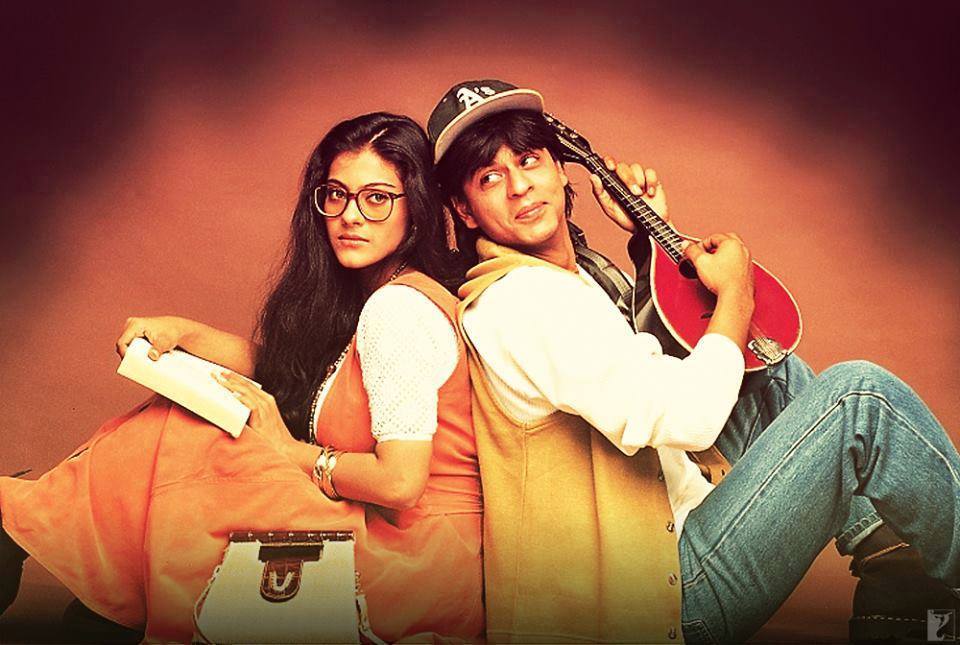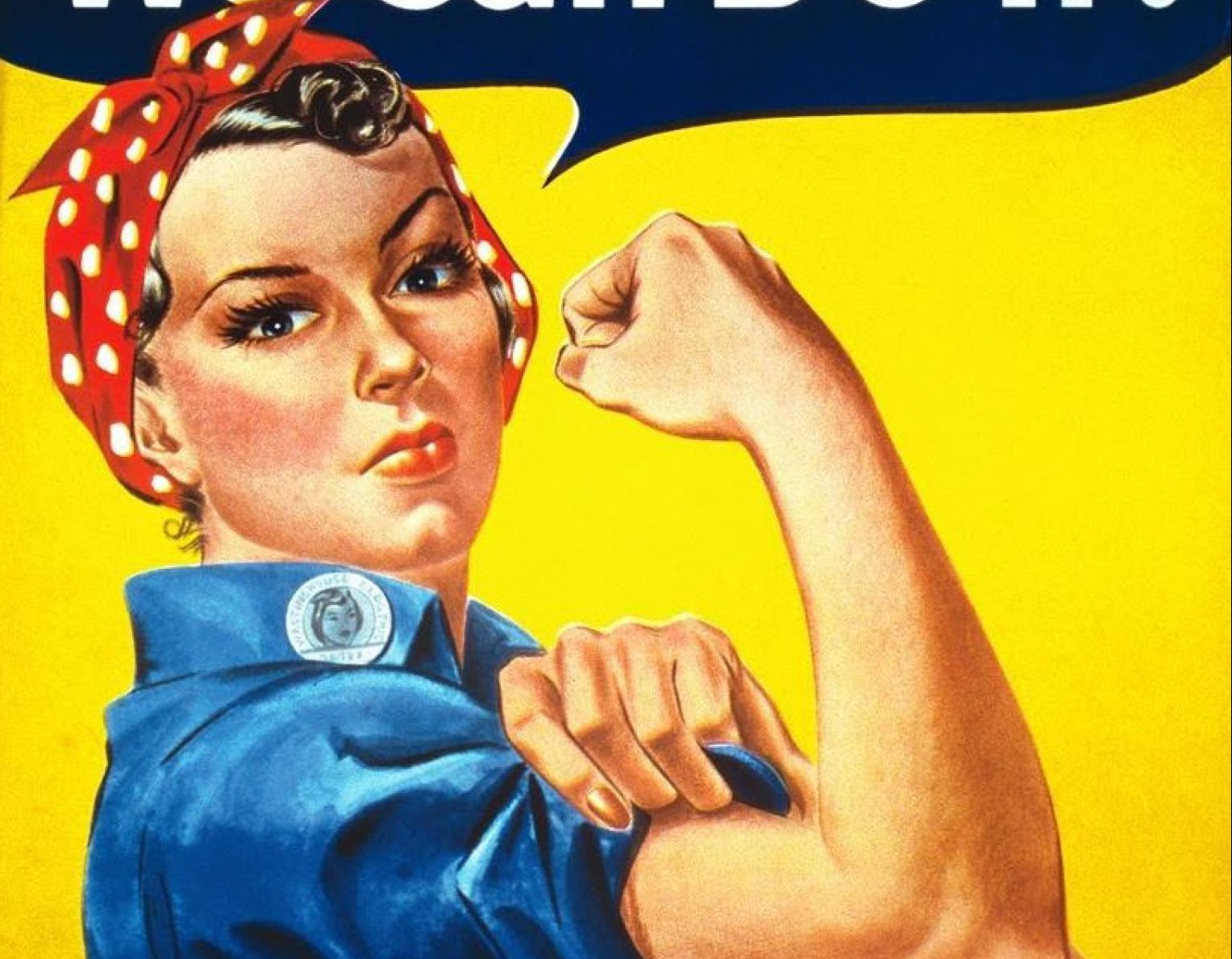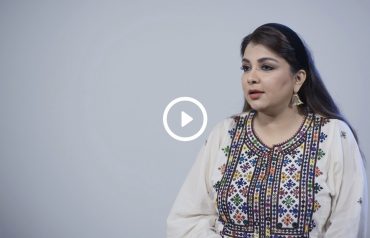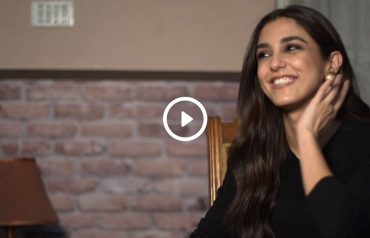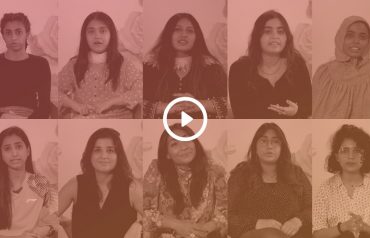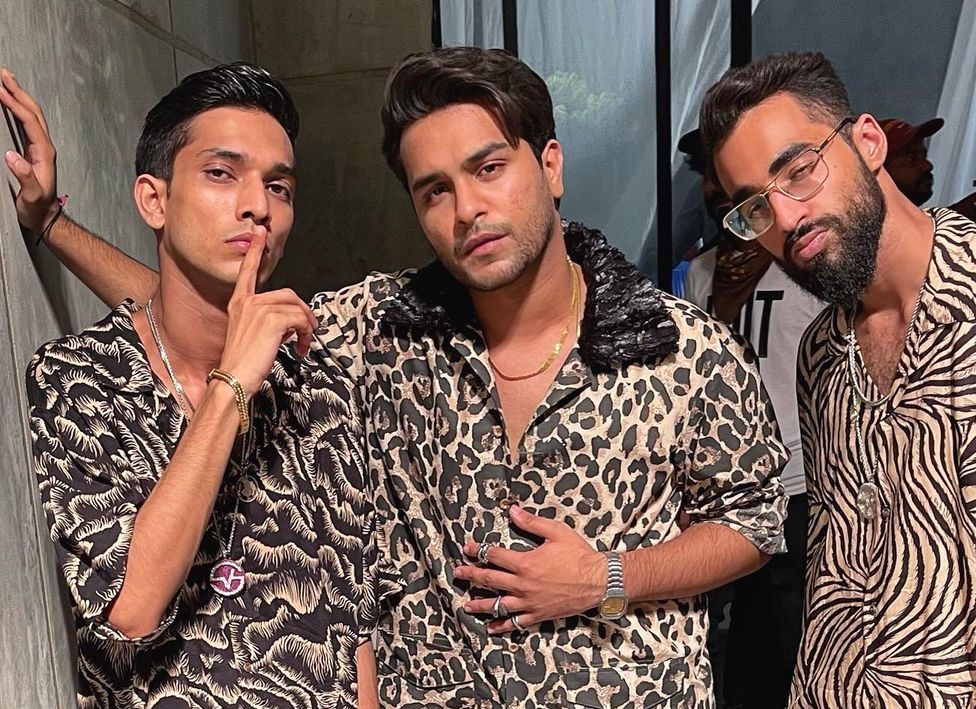KARACHI: Women are making enormous breakthroughs for science and society even in their deaths, fossilized. From Lucy, the earliest bipedal woman to be discovered, to Hatshepsut whose existence from history was attempted to be removed by her successors, and Cleopatra only seen as a sex symbol today than the strategic queen she was, women have always been challenging gender roles. They also open a window to how women have been and continue to be put under the microscopic lens of inspection, as we take their achievements with a grain of salt and undermine them simply because they’re women. Another such woman has been discovered at an excavated burial site (of course, they did not expect her to be a female at first) in the Andes Mountains of Peru in 2018. She was put to rest some 9,000 years ago. It is only now that it was deduced that this prehistoric hunter was actually a female. The discovery was reported by National Geographic.
The Find
“He must have been a really great hunter, a really important person in society,” is what Randall Haas, an archaeologist at the University of California, Davis, and his teammates thought at the time when they discovered her. However, soon after further analyses, it was found that the tools actually belonged to a biological female. That is not all. The discovery was soon followed by a review of some of the major previously studied burials 9,000 years ago, throughout North and South Americas. Another major fact that was brought to light was that about 30-50% of all big game hunters were highly likely to have been females.
Until the women’s liberation movement in the 1960s, there was a remarkable emphasis on “Man the Hunter“. This drove a number of scholars to examine “Woman the Gatherer,” in order to document major contributions women have been making in all societies. Data from ethnographic research also put forth the fact that food that was gathered was more integral than hunting most of the time, not less. Gathering not only provides a more predictable and reliable source of energy compared to hunting bug animals, but it also enabled humans to settle down and begin the first-ever societies, according to Peter Watson in his book Ideas: A History of Thought and Invention, from Fire to Freud.
Other than that, research in societies other than those from the West, suggests that “gender-ly” divided roles in labor are more of a western society’s concept than universal. While gender roles could’ve been a result of men’s and women’s ability to specialize in distinct areas, the two have ultimately overlapped in various situations.
Importantly, the notion that women gathered while men hunted has been questioned by a number of scholars who believe these “traditional” roles have not been found exactly replicated in our past.
According to Pamela Geller, an archaeologist at the University of Miami, “The data is there. It’s just a matter of how the researchers interpret it.”
After the excavation, a range of extensive tools was found. Comprising projectile points that helped aim at large mammals, bigger stones to crack bones or skinning, smaller rounded pebbles to scrape away fat, stony flakes with sharpened edges to probably cut the meat, and even remains of the preservatives she used to hide her hunt. Around the burial site, several fragments of bones of animals that could have been ancestors of present-day llamas and deers.
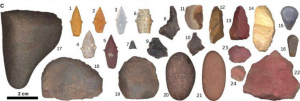
(The picture above features the toolkit found in the burial includes projectile points; hefty rocks likely for cracking bones or stripping hides; flakes for scraping and cutting; and nodules of red ocher used to preserve hides.
RANDY HAAS, UC DAVIS
Source: National Geographic)
“I’m as guilty as anyone,” says Haas, who has been working in the region since 2008 and whose team presumed the hunter was a male. Studying their specimen back in the lab, they inspected the bones which suggested the physiology of a biological woman. For confirmation, they analyzed a protein that forms tooth enamel and can determine a person’s sex. Since the analysis only determines sex, not gender (which is not always binary) the team cannot say whether the individual lived in a way that would identify them within their society as a woman 9,000 years ago.
The challenges this prehistoric female hunter poses to our assumptions
“You can’t just stop in the middle of stalking a deer in order to nurse a crying baby,” says Arizona State University’s Kim Hill, who specializes in human evolutionary anthropology. H also says that he’s not entirely sure if the female they discovered was actually a hunter 9,000 years ago. He believes that there might be a possibility that the hunting tools could have been placed due to religious significance.
“With few exceptions, the researchers who study hunting and gathering groups—regardless of which continent they work on—presume that a sexual division of labor was universal and rigid,” says Geller. “And because it is commonsensical, they then have a hard time explaining why female-bodied individuals also bear the skeletal markers of hunting or have hunting tool kits as grave goods.”
A clean rebuttal to Hill’s ideas of the burial goods being of sacred importance rather than a tool kit which the hunter used in her life, Geller says, “We typically don’t ask this question when we find these toolkits with men,” She says. “It’s only when it challenges our ideas about gender that we ask these questions.”
According to Haas though, The toolkit seems so diverse, it could not just be for some kind of religious offering; rather, objects she could have used in her life.
Our own history
That brings us to our attitudes towards strong female historic figures in our part of the world. A number of women have done tremendously in the history of the subcontinent, yet none of our courses seem to focus on their achievements. Nur Jahan hailed as a beautiful consort to Mughal emperor Jehangir, is hardly known for the politician she was.
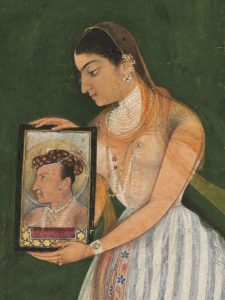
Speaking with Ayesha Adeel, a political scientist who has a post-grad in history, we found out how history doesn’t just belong to the victor, it belongs to the man.
“Nur Jahan was a better administrator than Jehangir yet her time as his companion is always undermined. She’s regarded as a piece of decor rather than a possibly great regent,” she said. “History and evidence are marred with the male perspective.” She put forward the name of another historical woman, Gulbadan Begum when she explained how one of the main reasons why history has more records of men than women is because most historians of that time except Begum were males.
“Why would men consider patriarchy a problem? They are it.” She continued explaining why nothing much is being done to understand why history is marred with mostly male perspectives.
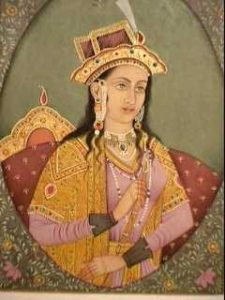
Gulbadan Begum was a highly learned woman, she is mostly known as Mughal king Humayun’s sister, but her true achievements lie in the fact that she was a historian and wrote the famous Humayunama.
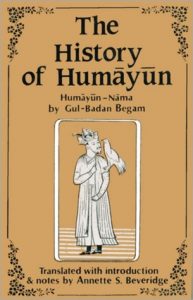
Speaking about historical women from Egypt, Adeel stated, “Nefertiti is just known as Akhenaten’s consort. The fact that she actually supported and helped start the one God practice (Aten) with her husband isn’t written about.” She added how these female leaders were allowed, but resisted. “Cleopatra is known as a great beauty yet people disregard that she was actually very clever and actively influenced Roman politics and engaged in many agreements. She was tactfully married and gained power and was more clever than actually beautiful.”
Another key figure in our history has been Razia Sultana, the warrior queen. Her life and afterlife have suffered a fate similar to Hatshepsut’s from Egypt. She was preferred to rule over her brothers by her father Altumash. The first female, Muslim Sultan of Delhi, there is very little known about her as a ruler. However, her affair with the ruler of Bhatinda and Bengal, who she later married is openly discussed.
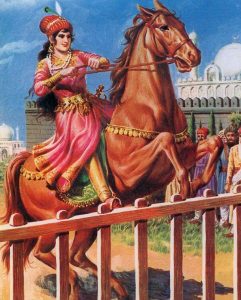
“We conveniently disregard teaching about Victoria yet you do read about her male servant. That’s O level Pak studies for you.” She lamented how not much is known about even the more recent historical figures of India, “No need to study about Fatima Jinnah who stood up against Ayub Khan. She heralded the female Muslim league wing. But yes Jinnah’s ambassador suits were great.” Her hard-hitting analysis of the situation highlights our priorities when it comes to recording history.
Read: What is feminism? A dummy’s guide to one of the most misunderstood words in Pakistan
As mentioned earlier, the evidence of being a ferocious force as historical femmes is lying in plain sight. It all depends on our willingness to accept it.
HAHAHAHAHAHAHAHAHAHAHAHAHAHAHAHA
Posted by Stephanie Vardavas on Saturday, October 24, 2020

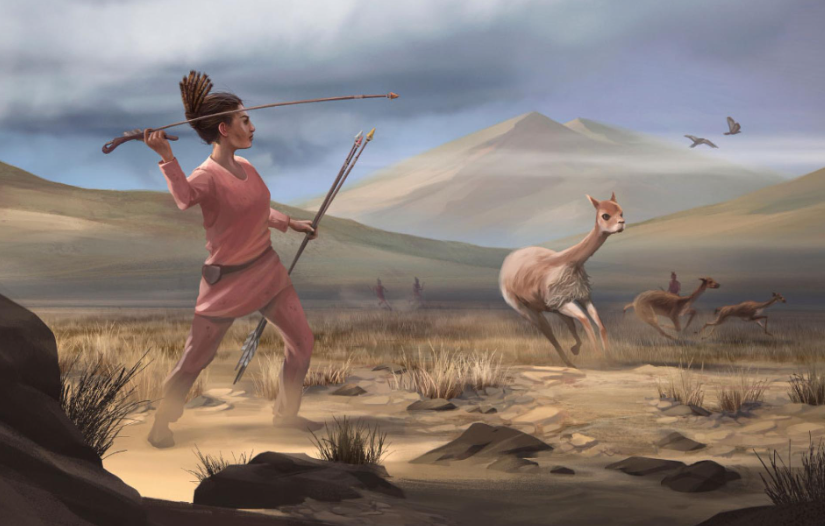 A reconstruction of what hunting may have looked like in the Andes Mountains of South America 9,000 years ago. Based on the toolkit found in the female burial, archaeologists believe the hunter may have worn tailored leather clothing tanned with red ocher.
MATTHEW VERDOLIVO, UC DAVIS IET ACADEMIC TECHNOLOGY SERVICES
Source: National Geographic
A reconstruction of what hunting may have looked like in the Andes Mountains of South America 9,000 years ago. Based on the toolkit found in the female burial, archaeologists believe the hunter may have worn tailored leather clothing tanned with red ocher.
MATTHEW VERDOLIVO, UC DAVIS IET ACADEMIC TECHNOLOGY SERVICES
Source: National Geographic


